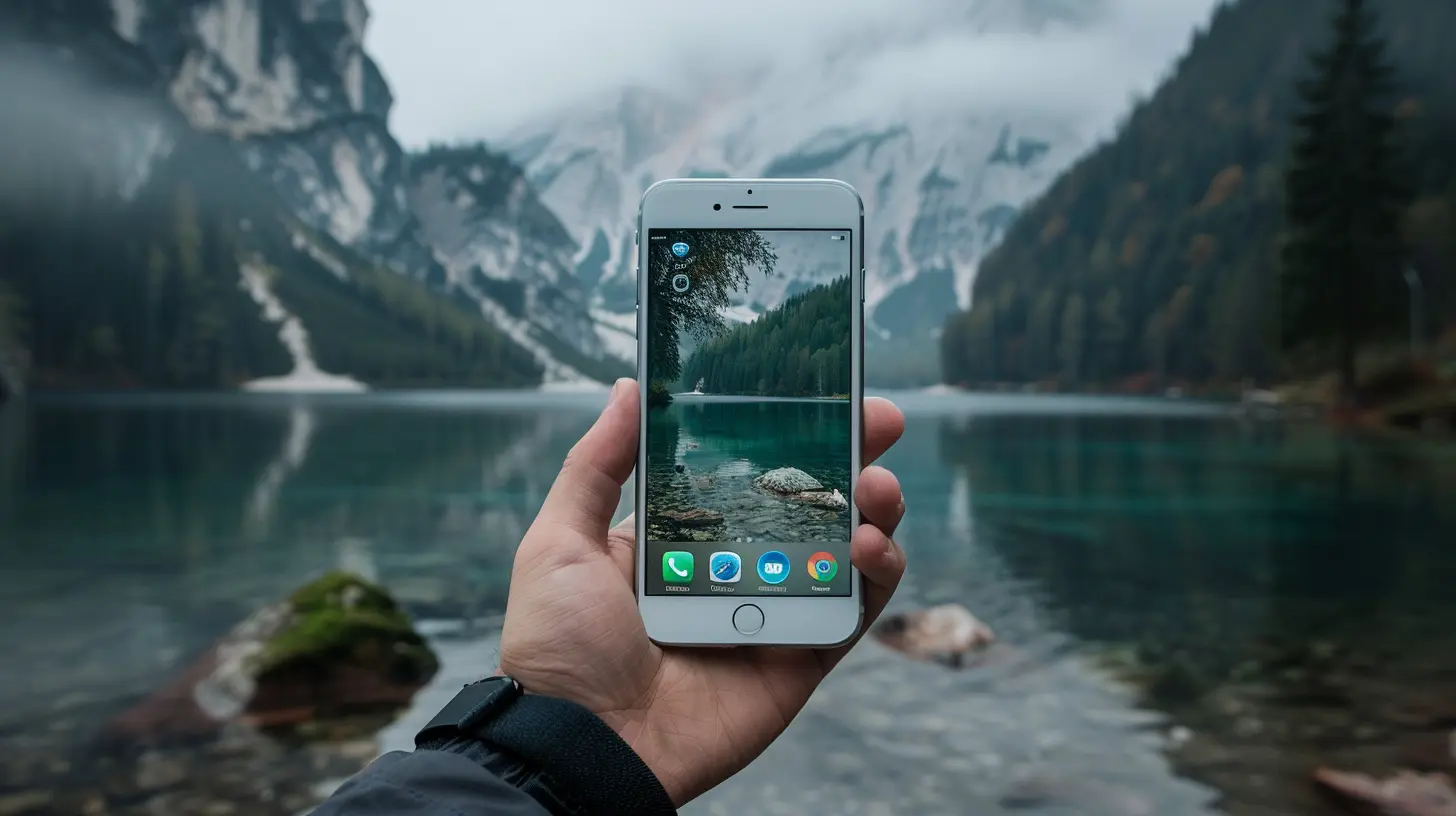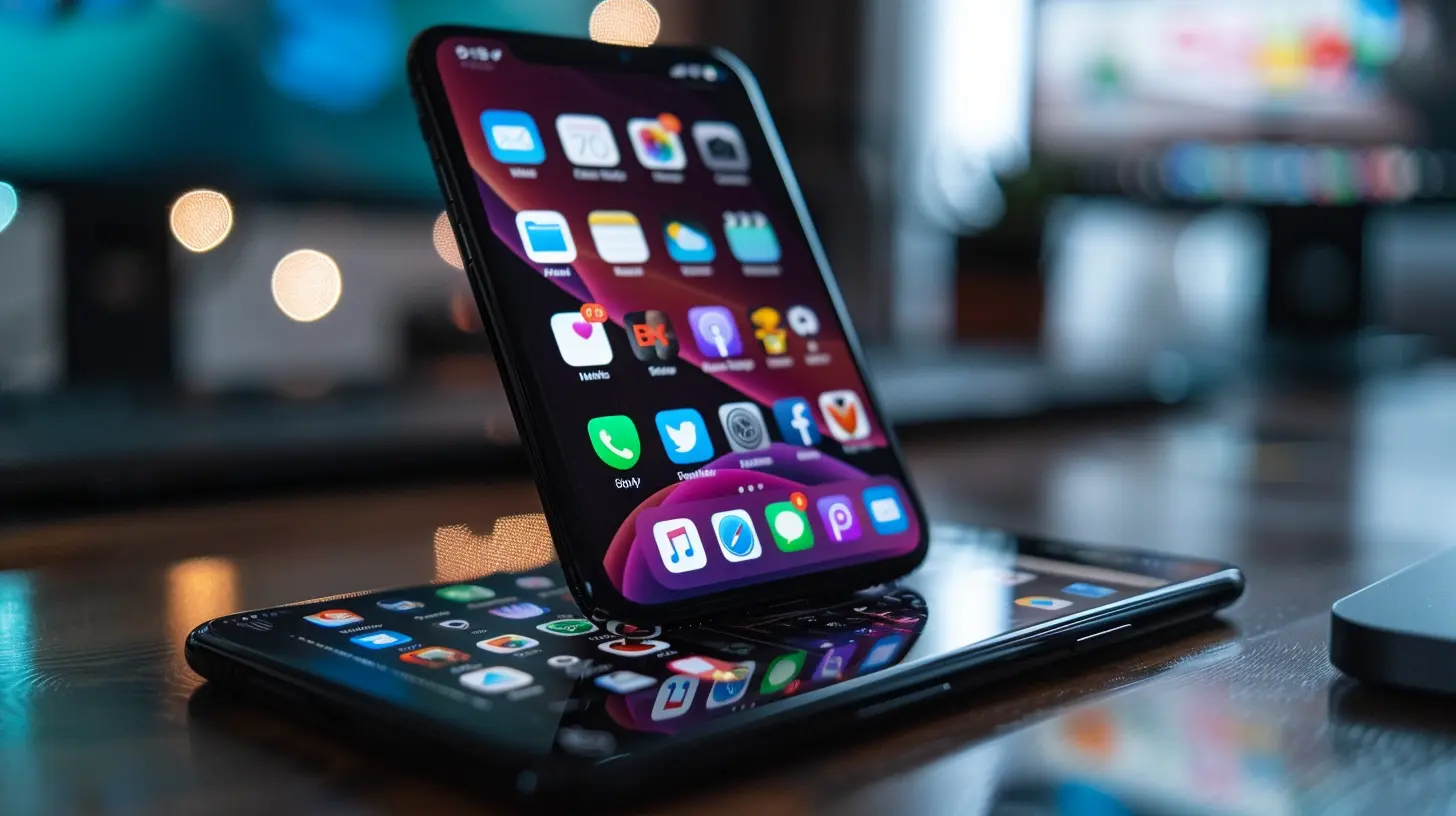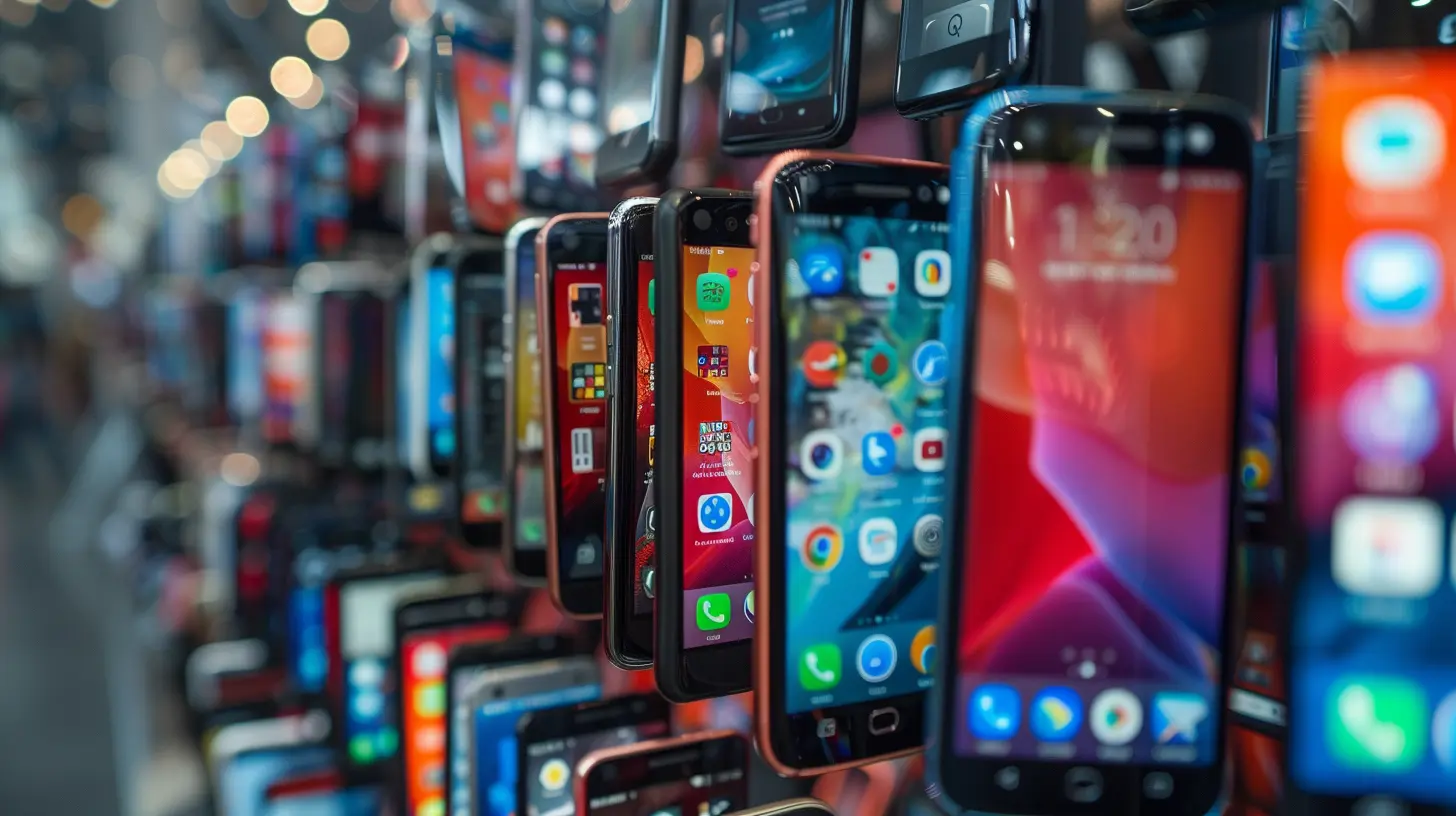How Smartphones are Changing the Way We Work Remotely
16 November 2025
Well, well, well... look who’s checking out the latest in remote work trends! You guessed it—us humans, now shackled to our smartphones like they’re some kind of digital lifeline. And they kind of are, right? Whether you’re replying to emails mid-hike or taking Zoom calls from your car (no judgment), the way we work remotely has been flipped upside down, thanks to the magical slab of glass and metal in our pockets.
Let’s not sugar-coat it—we’re living in a world where your boss can Slack you while you’re literally on the toilet. Privacy? What’s that? But hey, at least we have the luxury of working from our beds, coffee shops, or even beach resorts. (If your Wi-Fi’s strong enough.)
So, grab your overpriced artisanal coffee, prop up your phone with a stack of random books, and let’s get into how smartphones are completely redefining remote work—for better or worse.
📱 The Smartphone: Our New "Office"
Remember when you needed an actual office with a desktop, a phone with a cord, and a fax machine that made demonic noises? LOL. Now, all it takes is a smartphone—and arguably, a decent internet connection (cue eye roll at hotel Wi-Fi speeds).Smartphones have become our portable offices. Need to check your calendar? Boom—done. Got a document to sign? There’s an app for that. Need to join a video call with your team across three time zones? Fire up Zoom and hope your background doesn’t show last night’s pizza boxes.
In short, if your phone’s charged and you’ve got a decent signal, you’re basically “at work.”
🕒 Time Is an Illusion, and Your Boss Knows It
Here’s the deal. Those neat 9-to-5 boundaries? Yeah, they vanished faster than your motivation after lunch. Smartphones mean you're perpetually reachable—even at 11 PM. Because if you can respond to that email from bed... you probably should, right?Spoiler alert: no, you shouldn’t. But that’s the double-edged sword of smartphone-driven remote work. On one hand, you’re free from the dreaded cubicle. On the other hand, your job follows you around like a needy puppy that just discovered Slack notifications.
It’s a game of constant connectivity, and the line between “work” and “not work” gets blurry real fast.
💬 Communication Has Gone Bananas
Let’s talk about communication. Once upon a time, email was king. Now, our workdays are filled with pings from Slack, Teams, WhatsApp, Telegram, Discord, and probably about five more apps you forgot you downloaded.And don’t even get me started on voice notes. Yes, Susan, thank you for the 3-minute audio message explaining what could've been a one-line text.
Smartphones have given us more ways to talk to each other than ever before. Meanwhile, actual “talking” (you know, voice-to-voice) feels more like an emergency protocol than a norm.
But despite the chaos, it's kind of amazing. We can huddle with our team in an instant, solve problems faster, share files in seconds—all from the same device we use to order pizza. Now that’s multitasking.
🌎 Work Anywhere... Literally. Even There.
Let me paint a picture for you: You're lying on a beach in Bali, sipping coconut water, instant reply ready on your phone, making it look like you’re deep in spreadsheets. Meanwhile, your coworkers think you're stuck in a boring home office.Thank you, smartphones.
Today, "working remotely" doesn’t just mean working from home. It can be from anywhere—your car, a cabin in the woods, or your kid’s soccer game. If you’ve got signal, you’ve got a workstation.
This flexibility has given employees a sense of freedom that simply didn't exist before. And companies? Well, they’re loving the cost savings of not needing to rent out floor space big enough to park 50 interns.
⚠️ The Flip Side: Constant Availability Burnout
Okay, let's be honest. As awesome as all this sounds, it’s not all sunshine and productivity. Smartphones have made it nearly impossible to unplug. There’s this unspoken pressure to always be connected, to always be "just a text away."Gone are the days when leaving the office meant actually leaving the office. Now, it follows you home, into your weekend, and even into your vacations. (Remember those?)
Burnout is real, people. And smartphones, for all their utility, can be a huge contributor. The same tool that lets you work from anywhere also makes it hard to ever truly rest. That "ding!" sound haunts us in our dreams.
📲 The Rise of Work Apps: From Boring to Buzzworthy
Let’s give credit where credit is due—smartphones wouldn’t be half as life-altering if it weren't for the explosion of mobile work tools. Seriously, you’ve probably got at least 10 productivity apps sucking up your battery right now.We’ve got:
- Slack: AKA the modern office watercooler, if the watercooler also let you mute people.
- Zoom: Because why wear pants when you can just blur your background?
- Trello/Asana: Where task lists go to die… or get checked off if you're feeling ambitious.
- Google Workspace: Who needs Microsoft Office when you can panic-edit a doc live with your team?
These apps transform our smartphones into full-blown workstations. And the best part? They’re all optimized to keep you working while you’re “on break.” Lovely, isn’t it?
💡 Creativity on the Go
You know what else smartphones do? They turbocharge creativity. Inspiration doesn’t operate on a 9-to-5 schedule, and now you don’t have to either.Got a brilliant idea at midnight? Jot it down in your Notes app. Need to sketch a concept? There’s an app for that. Want to rebrand your side hustle while eating tacos? Canva’s got you covered.
Mobile productivity is no longer an overhyped buzzword. It's actually happening. Work can now flow with your life—not just around it.
⚙️ Automation & AI in Your Pocket
Here’s where things get really wild. Your smartphone isn’t just a tool—it’s basically your personal assistant.With AI tools and mobile automation apps, smartphones can handle tasks without you lifting a finger (well, almost). Schedule posts? Automatically. Set reminders? Done. Transcribe audio from a meeting you barely paid attention to? There's an app for that.
Heck, even Siri and Google Assistant are starting to get their act together. Mostly. (Let’s not talk about the time Siri thought I said “Text my boss I’m quitting” instead of “Text my boss I’m knitting.”)
Bottom line: your smartphone is evolving into a full-blown productivity partner, whether you like it or not.
👶 Millennials & Gen Z: Remote Work Royalty
Let’s not ignore the fact that younger generations are basically born with smartphones glued to their hands. For them, using a phone for work isn’t new—it’s the norm.They’re not fazed by app hopping, video calls, or Gmail threads 40 replies deep. Their approach to work is fluid and fast, and smartphones are the Swiss Army knives that make it possible.
Companies that don’t adapt? Well, let’s just say they’re the workplace equivalent of trying to shove a VHS tape into a Blu-ray player.
🤔 So... Is This a Good Thing?
Ah, the million-dollar question. Are smartphones saving us or slowly driving us mad?On one hand, we’ve got freedom, flexibility, and the chance to work in our PJs. On the other, smartphones have blurred every boundary and made it hard to truly disconnect.
But let’s face it—we wouldn’t give them up for anything. Our phones empower us to be more mobile, more responsive, and yes, sometimes more caffeinated than ever before.
It’s not about rejecting technology—it’s about learning how to use it without letting it use us.
🔚 The Final Scroll
So, there you have it. Smartphones have basically taken the idea of remote work, microwaved it, put it on roller skates, and launched it into the 21st century.We’re working smarter, not harder (okay, sometimes harder), but definitely more hyper-connected than ever. Our phones might occasionally stress us out, but they’ve also opened up a new world of possibilities. And hey, if nothing else, at least you can check work emails while binge-watching Netflix.
Smartphones aren’t just changing how we work—they’re changing where, when, and even why we work. The future of remote work isn’t coming. It’s already in your pocket.
Just remember to turn off those notifications once in a while. Your sanity will thank you.
all images in this post were generated using AI tools
Category:
Mobile TechnologyAuthor:

Kira Sanders
